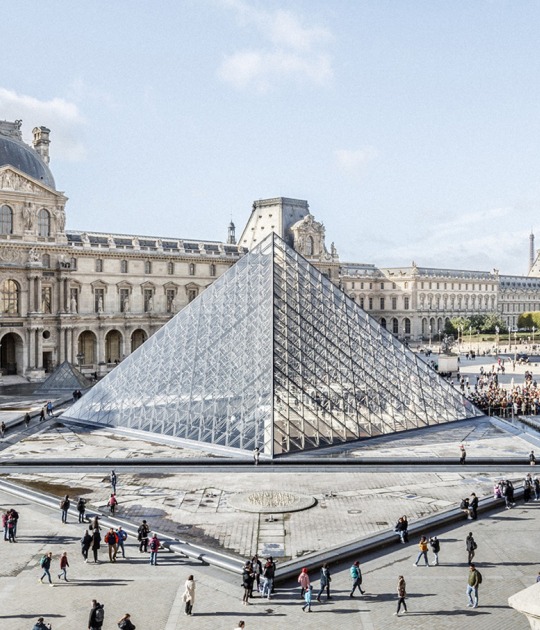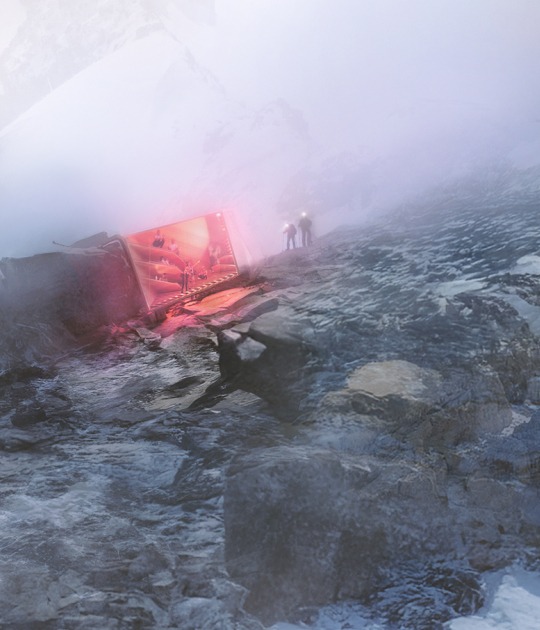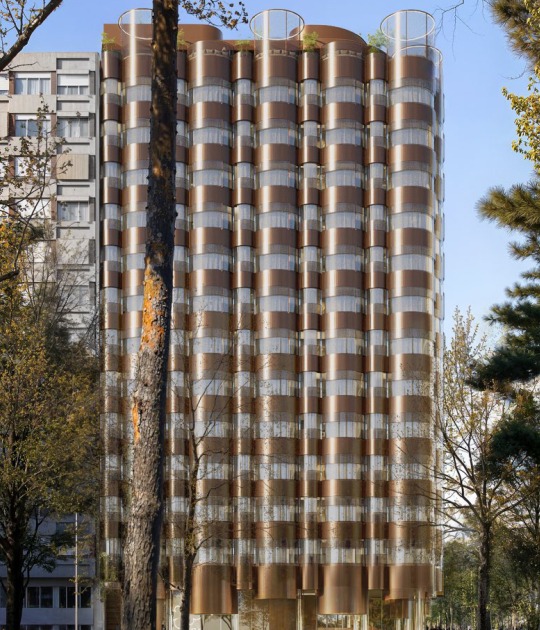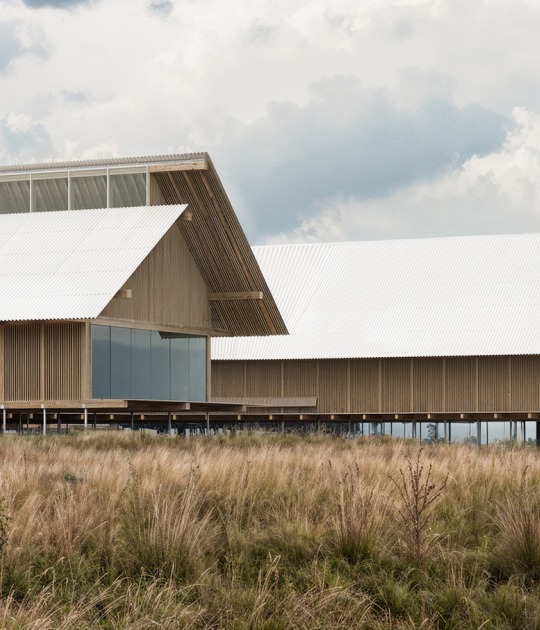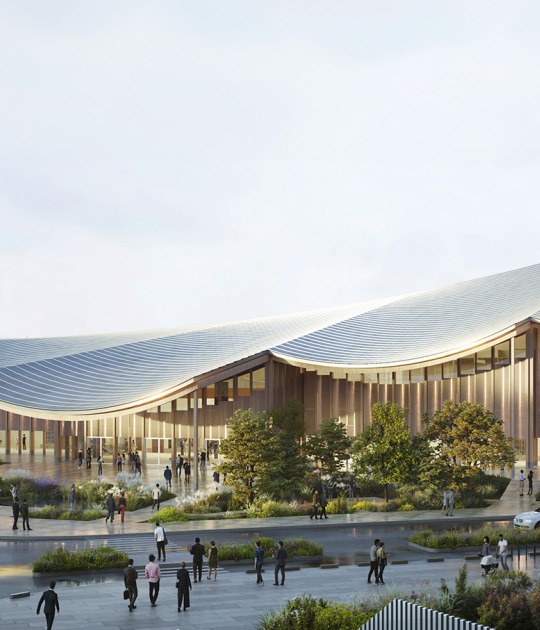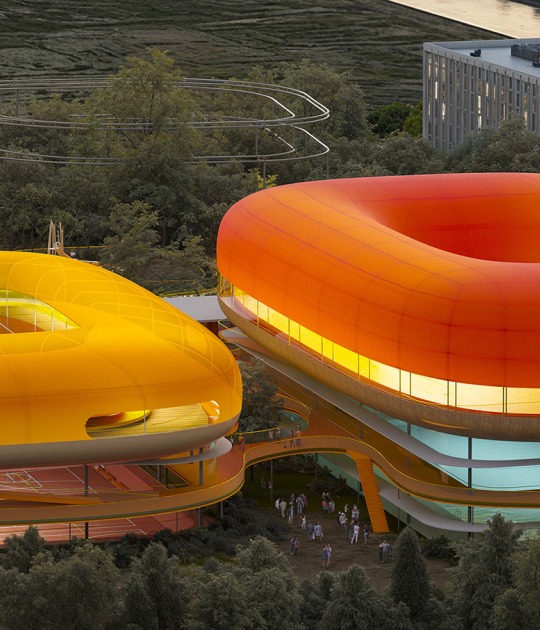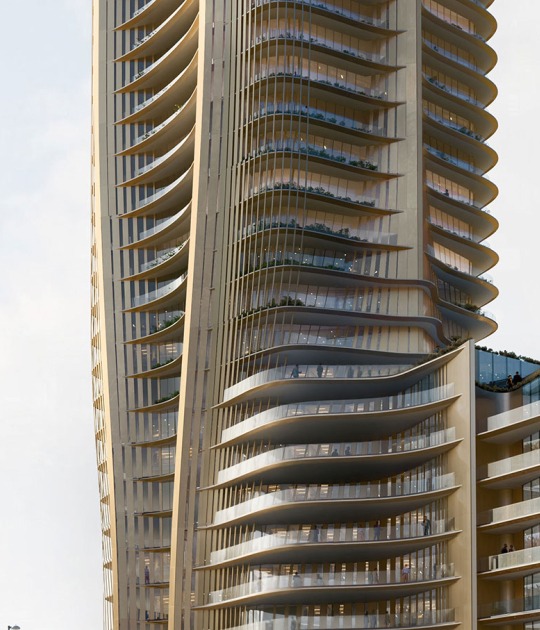The result was developed as a series of stacked masses with the intent of building the community’s identity through a recognizable sculptural mass. The structure will be built with a building’s concrete façade— entailing an innovative precast concrete process—creating a rich layered material depth, reminiscent of rammed earth.
Project description by TEF Design and Tatiana Bilbao Estudio
Rising from the site of the former military base in the Hunters Point neighbourhood, the new three-story substation will house critical electrical infrastructure to replace an existing substation just across the street. In addition to meeting the practical needs of a San Francisco-based utility giant, this net-zero energy targeted landmark will provide public amenities—designed through active community engagement—and architectural richness to support the revitalization of an area long-neglected by investment. The project is part of a broader development that includes several planned parks and trails.
The client asked the design team to develop the substation to improve the reliability and resilience of the electrical grid and foster a tighter-knit community. Designed in collaboration with 2019 Marcus Prize recipient Tatiana Bilbao, the 30,000-square-fee building is sited to support efficient utility configuration and to define an outdoor plaza, facing Evans Avenue and Jennings Street, that will serve the surrounding neighbourhood.
The building’s “stacked bars” form was developed not only with the help of computational fluid dynamics to achieve maximum thermal efficiency but with the intent of expressing the community’s identity through a recognizable sculptural mass. Shaped by considerations for equipment efficiency, net-zero energy, and the goal of crafting an iconic landmark, the building’s concrete façade—which will entail an innovative precast concrete process—creates a rich layered material depth, reminiscent of rammed earth.
A pattern of geometric shapes is also featured throughout the project, including the plaza pavers and façade perforations, which support natural ventilation and incorporate a luminous exterior band, expressing the energy source within.
Strategies including photovoltaics, natural ventilation, and efficient building systems contribute to the project’s Zero Energy Certification target by the International Living Future Institute.
Project completion is estimated for Fall 2023.

















